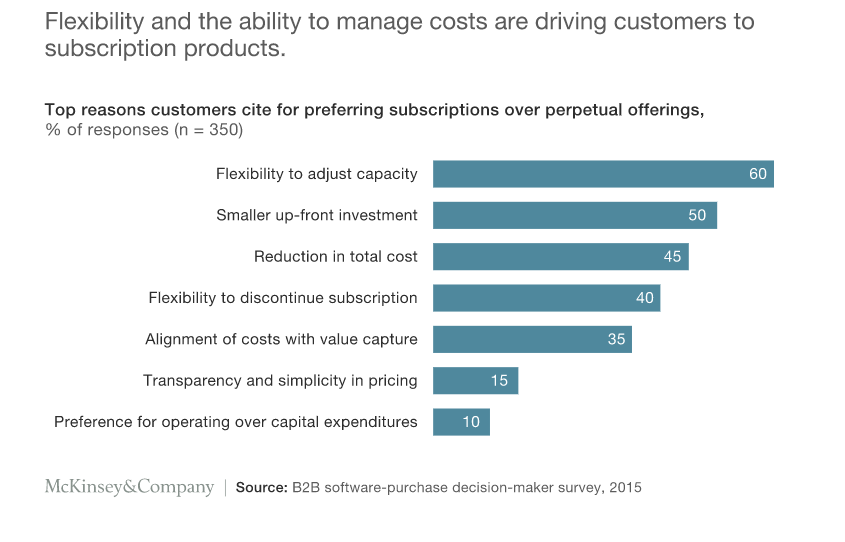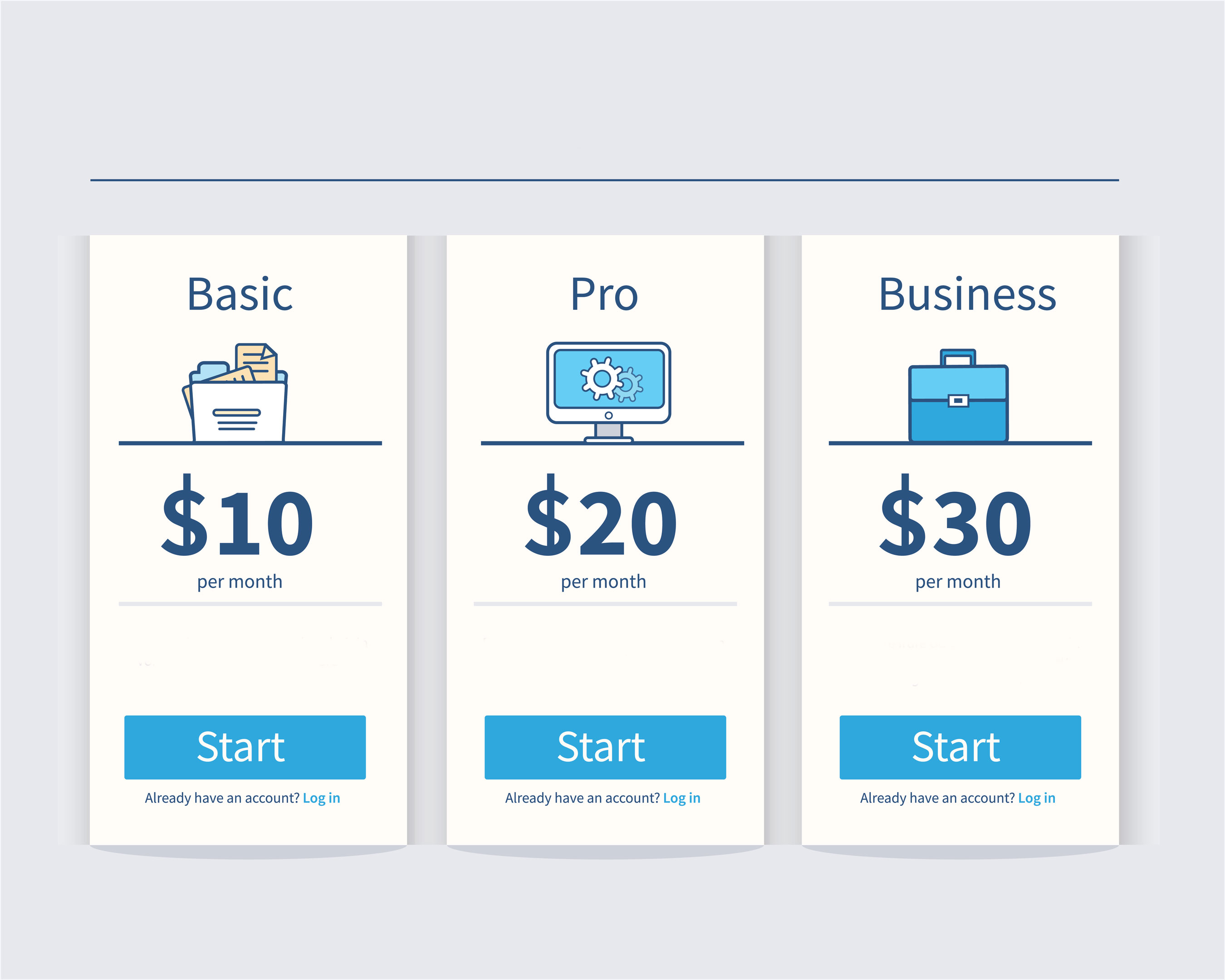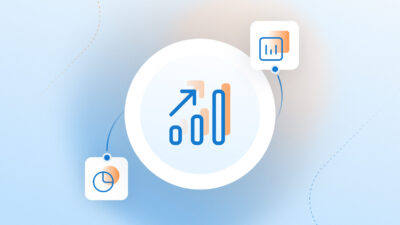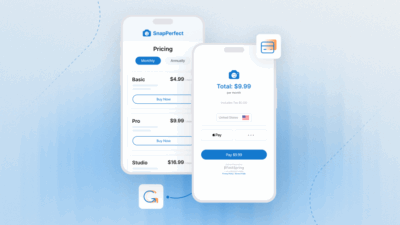It wasn’t long ago that buying a new piece of software involved a trip to your local brick and mortar software retailer. You’d park your car, mosey on into the store, and then go through the process of scouring the shelves for the pristine cardboard box that housed a physical copy of your application.
And that was it. The application you got out of the box was the final product. The price you paid at checkout was essentially a perpetual license for the lifetime of the application. Any updates to the software meant that you’d repeat the entire buying process (including the trip to the store) all over again.
But that was years ago and things have certainly changed. Thanks to the internet, we no longer have to make a trek to the nearest store and buy a physical copy of the software.
Product updates? We simply push the latest version through the web.
But interestingly enough, the way we pay for software hasn’t actually caught up with this digital transformation. We’re still paying for the digital product or software at the time of its release. Or in other words, we’re still paying for past development cost. However, our expectations for the quality of the software continue to grow and outpace any current investments. We expect these software applications to evolve; gaining new features and functionality and becoming easier to use as time progress.
The way customers purchase software has changed and your business must adapt to stay competitive. Here’s how your company can benefit from switching from a perpetual license to a subscription plan.
Reason #1: Subscriptions support product innovation.
This isn’t to say that a perpetual license does not work. In fact, there are plenty of successful businesses using FastSpring’s full-service ecommerce platform to enable one-time purchases. The viability of this strategy comes into question when users begin to demand new features.
The inconvenient truth: The one-time sales model may not entitle users to future product updates.
Logically speaking, when the sale of a perpetual software license is made, the customer is actively paying the development and production costs associated with the software’s release up until that point of time. Extra features and new product updates are additional costs not covered by the present sale. So if these future development costs aren’t accounted for and aren’t passed on to current buyers at checkout, who exactly bears the responsibility of paying for future development?
Whether you call it market expansion or customer acquisition, the underlying idea is the same. New customers are needed to finance the next ideation of your product. Operating a business on a one-time sales model puts tremendous pressure on capturing new sales from new users.
Switching to a subscription plan doesn’t mean your company gets to neglect customer acquisition. Acquiring new users will still be an important aspect of scaling your business but receiving recurring payments from your existing customer base helps to ensure your business at least has a cushion of funding to allocate towards future product development.
Reason #2: Subscriptions increase the accessibility of your software.
Are you having a hard time attracting new customers? Your pricing may be the culprit.
Some customer segments have stringent cash constraints that prevent them from making big investments. As a result, requiring customers to make a substantial upfront investment to gain access can deter some customers from purchasing your software.
Spreading the full purchase amount over the course of a subscription might be better for your customer’s budgets and entice them to buy. In fact, a 2017 McKinsey study found that flexibility and the perceived reduction in up-front cost to be two of the main factors driving customers to subscription products.

Reason #3: Subscriptions promote more predictable revenue.
Switching to a subscription model helps provide your business with more dependable cash flow and avoid the unpredictability of one-time sales – two critical requirements if you’re looking to scale your company.
Shifting the focus more towards customer retention will encourage your company to prioritize building a loyal customer base. FastSpring’s comprehensive ecommerce platform is fully equipped with a variety of dunning management tools to help your digital business stay connected to subscribers, foster brand loyalty, and reduce churn.
Easily manage subscription accounts and protect your revenue potential by:
- Notifying your customers when their payment has failed.
- Automatically prompting subscribers to update their payment information to prevent a lapse in the subscription.
- Mitigating time and resources spent manually checking up on delinquent subscription accounts.
Want to supercharge your growth potential with subscription billing? We’ll show you just how easy it is to implement a subscription model on your ecommerce site. Click here to speak with one of our platform experts now!









